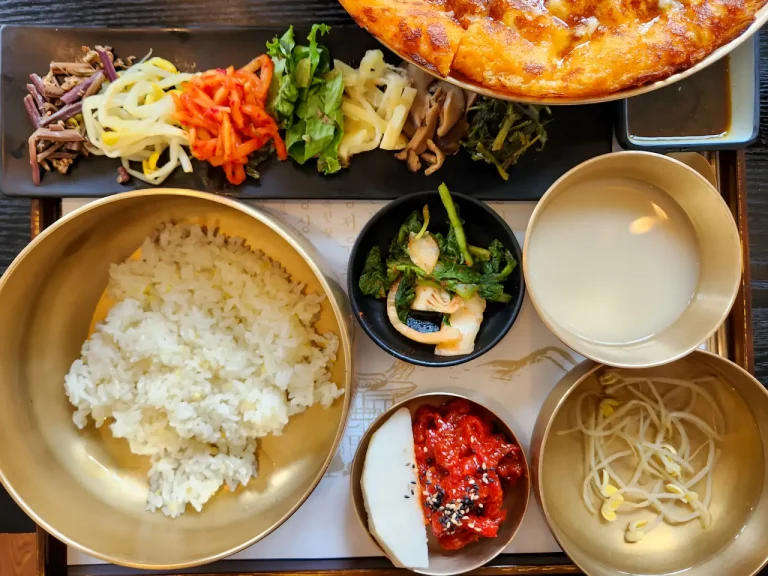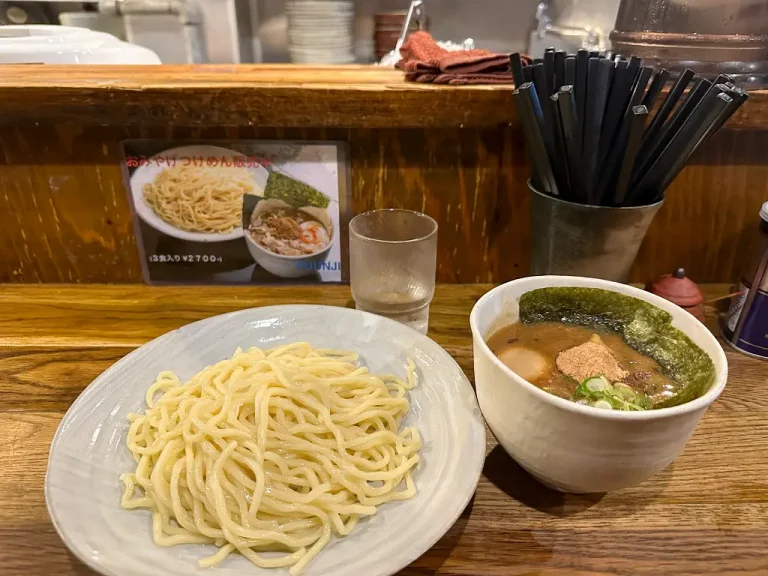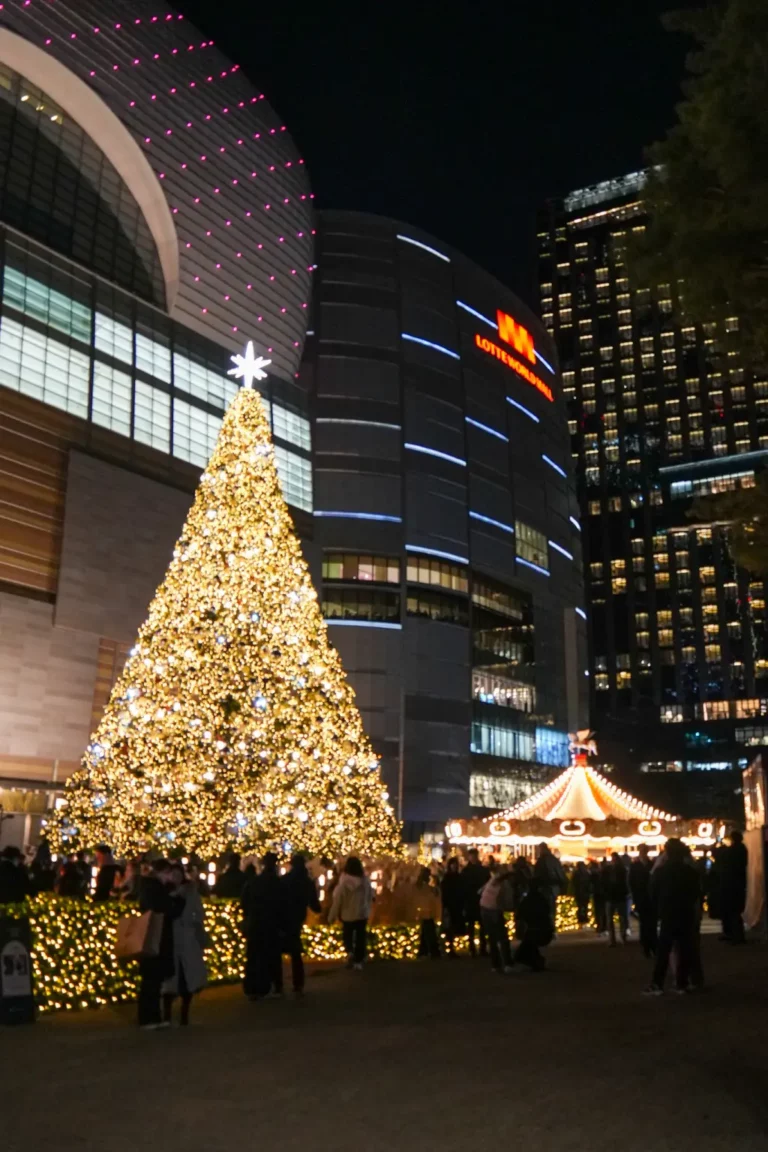Gwangjang Market(광장시장)
is one of the largest and oldest traditional market in Seoul, South Korea. Gwangjang Market is perfect if you want to see the local market and taste delicious foods in South Korea.
As a Korean and a food lover, it is quite enjoyable for me to taste various foods in the market. It’s especially fun to have a drink alcohol with delicious food at a street. There are so many foods in Gwangjang Market, but you can’t taste all of them in a day. Through this posting, I will introduce the food of Gwangjang Market that Koreans like. Many restaurants in Gwangjang Market often sell popular menus together. Therefore, you can try several menus at once in a restaurant. Also, because it is a popular tourist destination for foreign tourists, Most of restaurant offer english menus and can use credit cards. (Some restaurants offers only korean menus and cash only payment.) I will also introduce the representative restaurants below, but if you visit market on weekends, you may have to wait in line for a long time. It is also a good idea to choose an other restaurant without a line because there is not much difference in taste or freshness of food.
Market always crowded with a lot of people. Since most restaurants sell alcohol together, many people drink with food from the evening.
I hope you can enjoy the atmosphere of Gwangjang Market, an old traditional market in Korea, with eating the delicious foods.
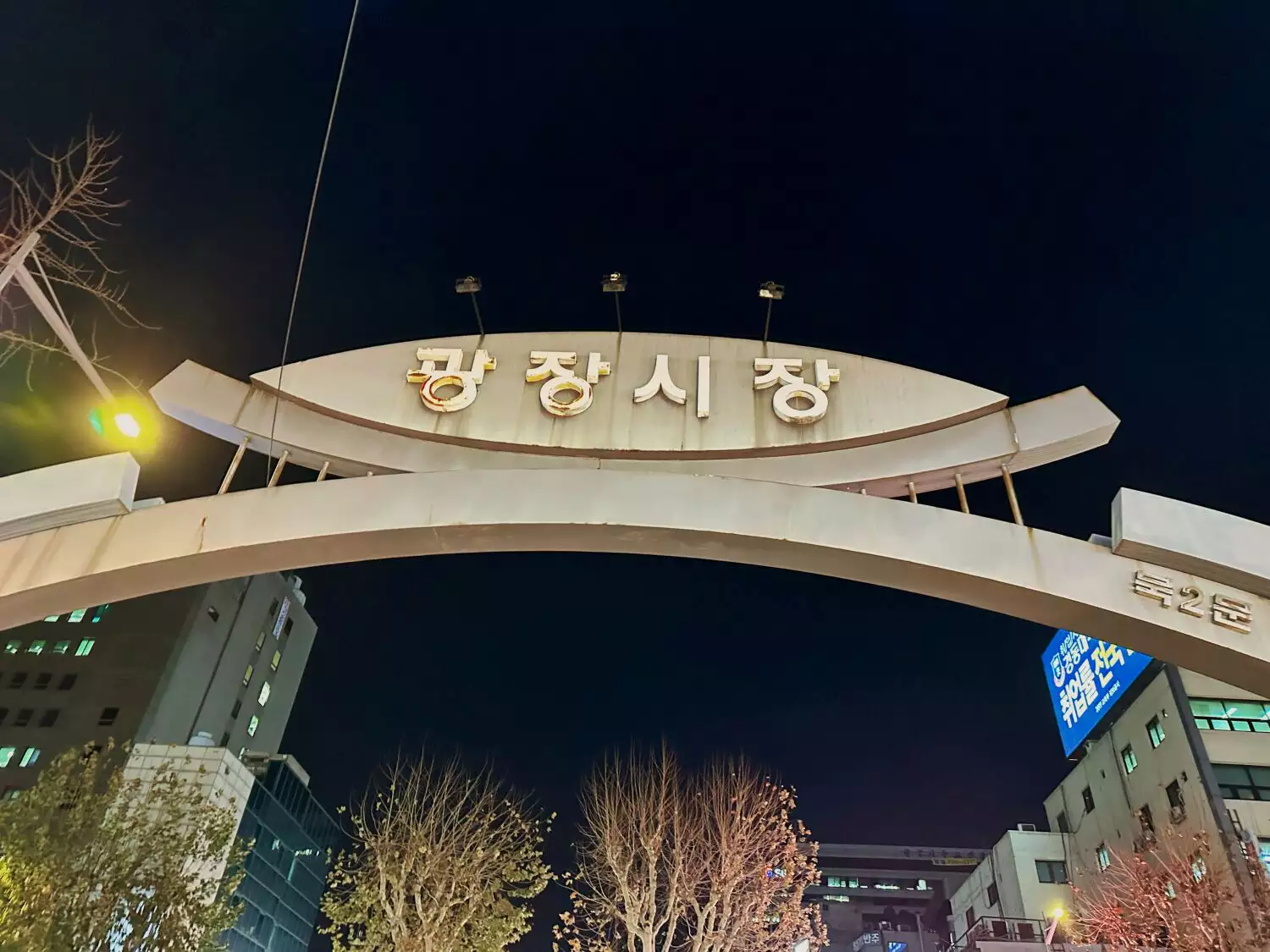
Location
Market accessibility is good. There is an entrance right in front of Exit 8 of Jongno 5-ga Station on Seoul Subway Line 1. Since it is located in Jongno, it is close to Gyeongbokgung Palace/ Bukchon Hanok Village, a famous tourist destination, so I recommend you to go together.
Recommended visit time
From afternoon to evening (from around 10 a.m., most restaurants are open from 9 to 10 p.m.)
1. Kkwabaegi(Twisted doughnut, 꽈배기)
Gwangjang market glutinous rice twist(광장시장 찹쌀 꽈배기)
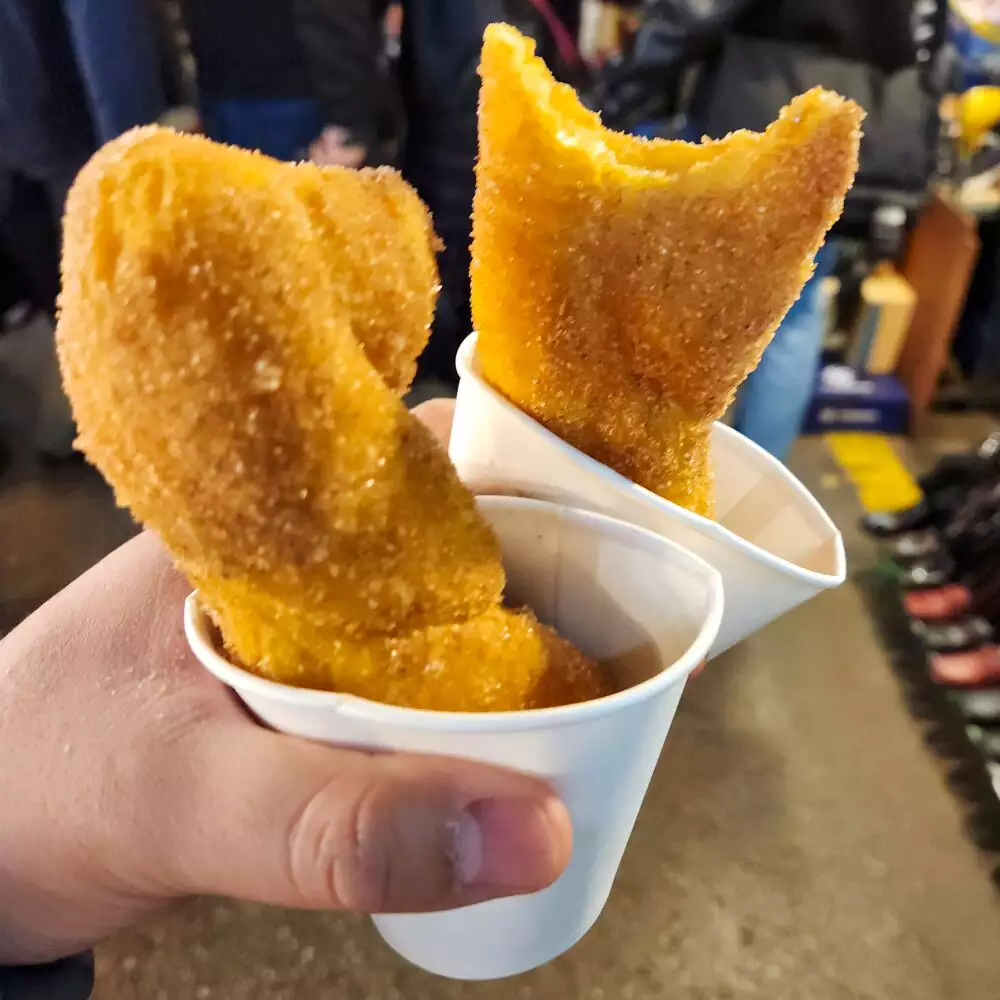
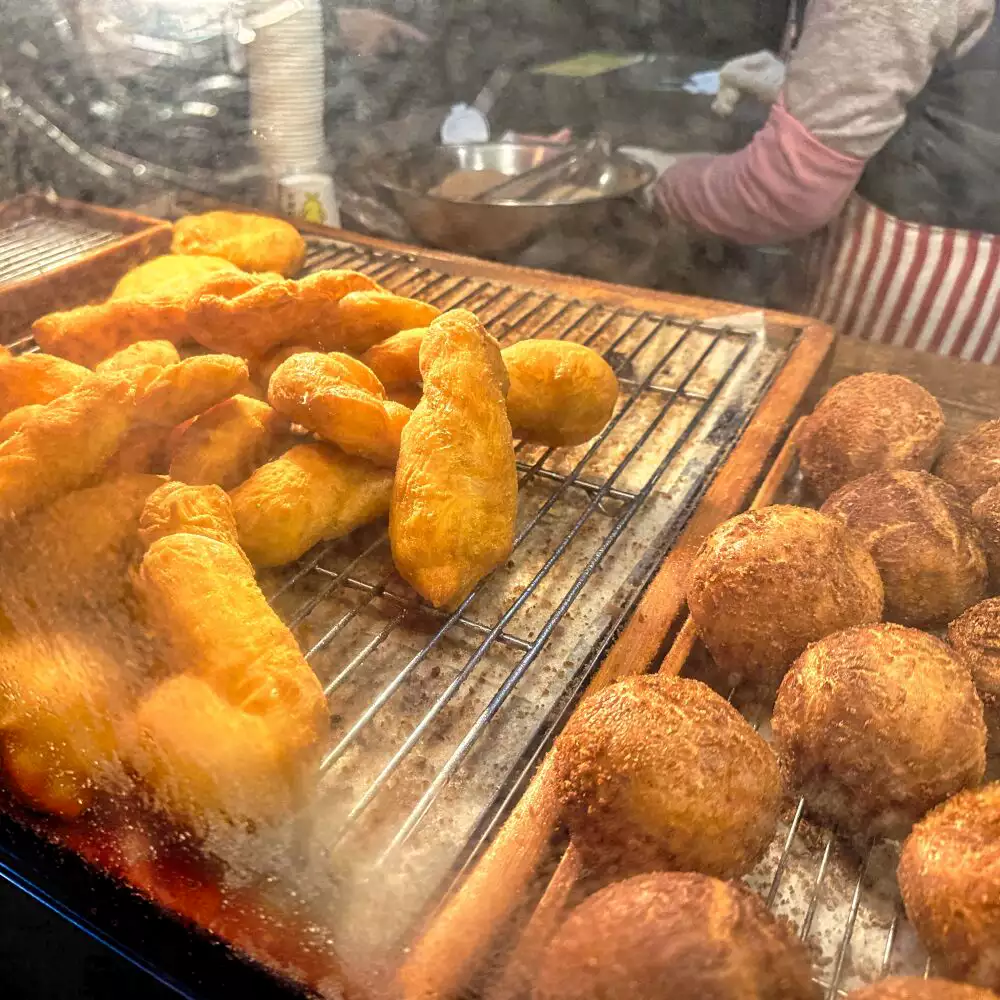
The first recommended food in Gwangjang Market is Kkwabaegi. It’s a Korean-style donut. It is a doughnut characterized by a twisted shape, and it means that the Korean name, Kkwabaegi, is twisted. The doughnut is chewy that contain glutinous rice, and cinnamon and sugar powder are attached on the outside to create a sweet and crispy taste. It’s the best when freshly fried, so I recommend you to buy it and taste it right away.
The waiting line is always long, so It take some times but it’s worth waiting(also line decreases quickly). While waiting, you can see the process of improvising and frying the kkwabaegi.
If you buy several donuts, they put them in a paper bag, but if you want to eat them right away, you can easily eat them right away by putting them in a paper cup.
Location
Menu/Price (cash payment only)
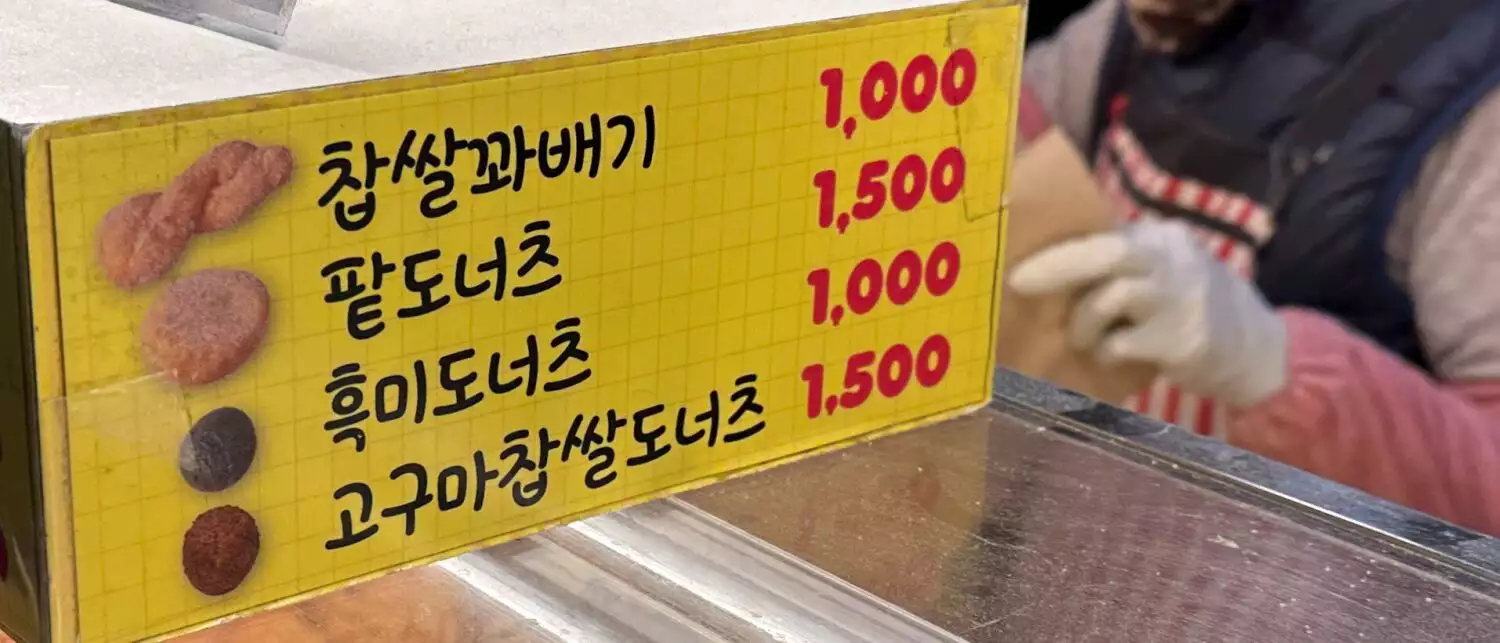
(In order of menu)
- Kkwabaegi(Sticky Twisted doughnut) – 1,000 won : Representative menu
- Red bean doughnut – 1,500 won : the doughnut with sweet red bean paste
- Black Rice Sticky Rice Donuts – 1,000 won : Black rice is in the dough and red beans inside.
- Sweet potato glutinous rice doughnuts – 1,500 won : A doughnut filled in sweet potato paste instead of red beans paste.
2. Bindaetteok (Korean-style pencake, 빈대떡)
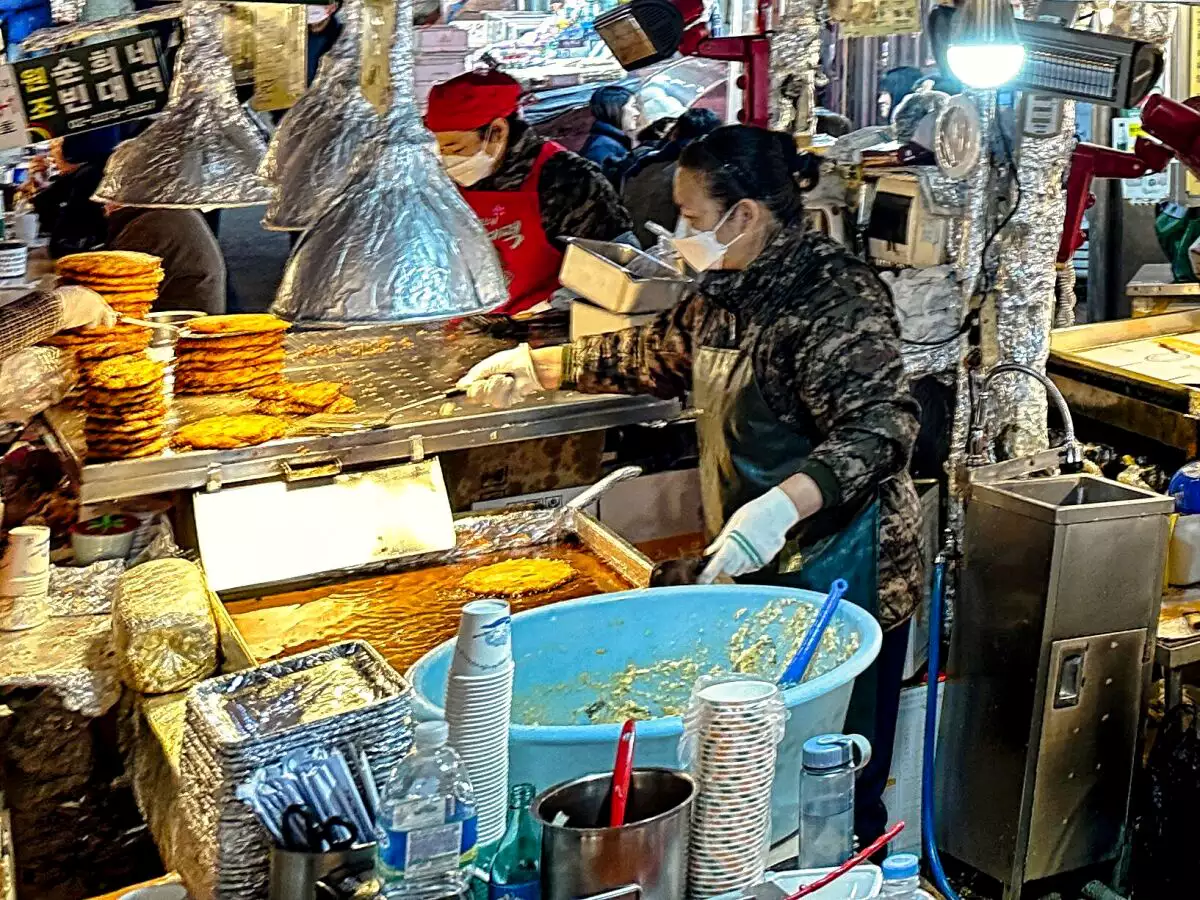
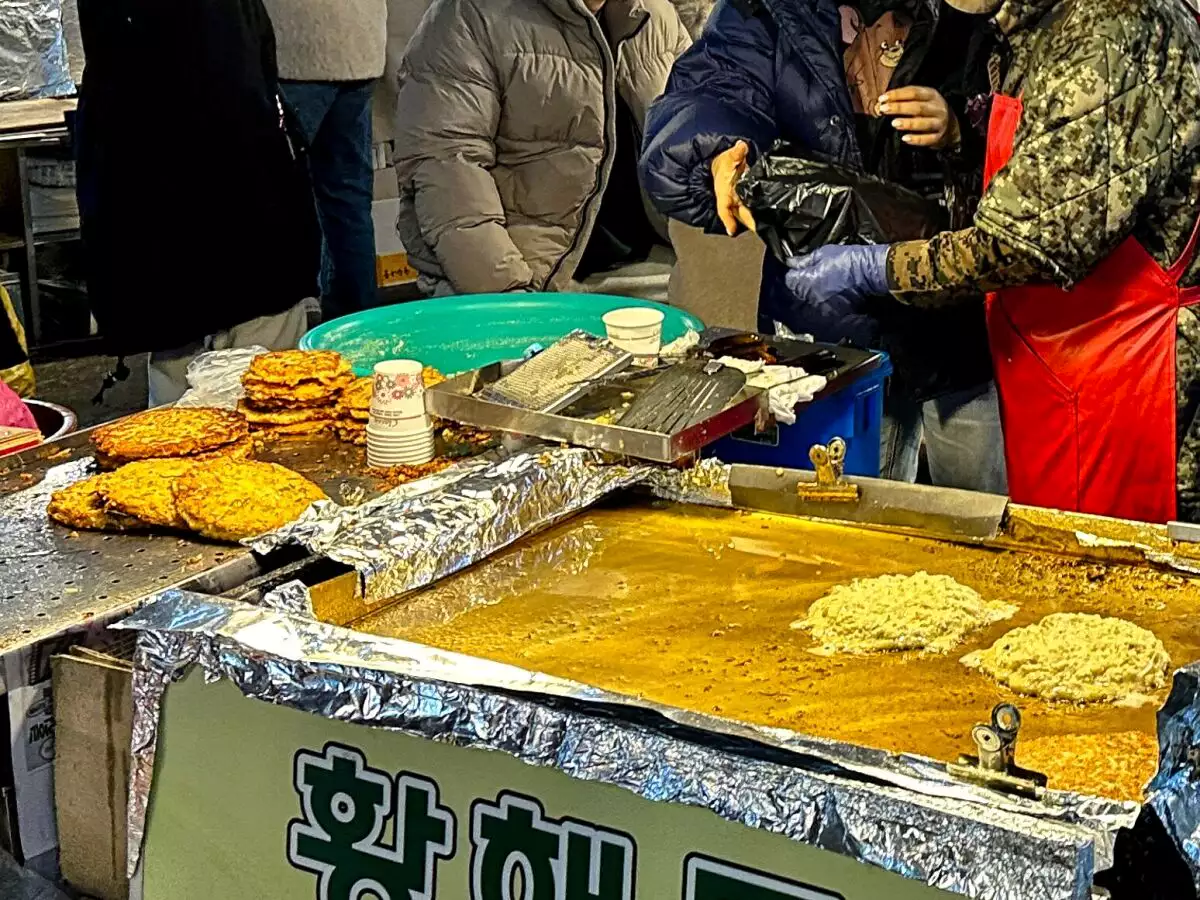
One of the most common food in Gwangjang Market is bindaetteok
Bindaetteok is a type of Korean-style pencake made with mung bean. It is a food that is baked and crispy as if fried in oil, and has a light taste of mung bean. Bindaetteok can be taken out, but it tastes best when grilled right away, so please try it right away at the market rather than take out.
1) How to eat
Cut the pencake with chopsticks and eat it dip in the soy sauce. It is also a good idea to eat Bindaetteok with onions in soy sauce or kimchi. If you want to try drink alcohole together, I recommend you to try Makgeolli, a Korean rice wine.
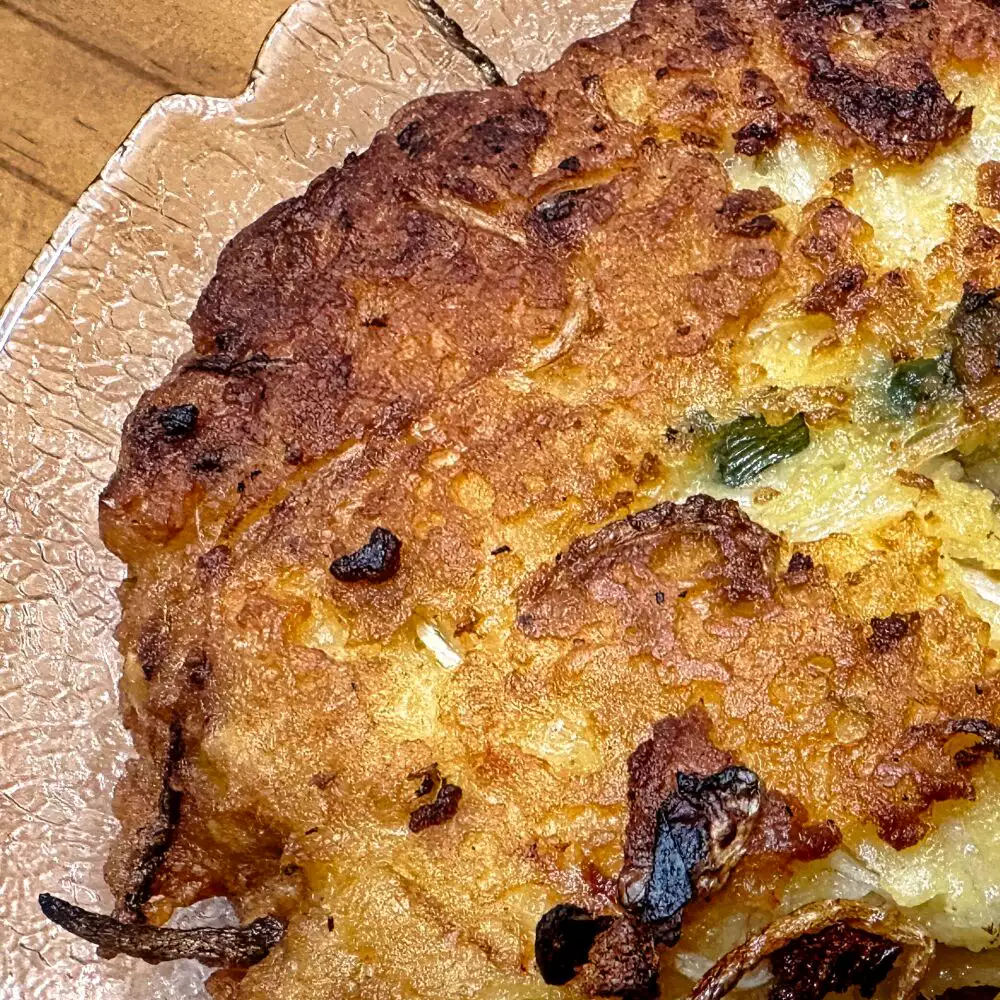
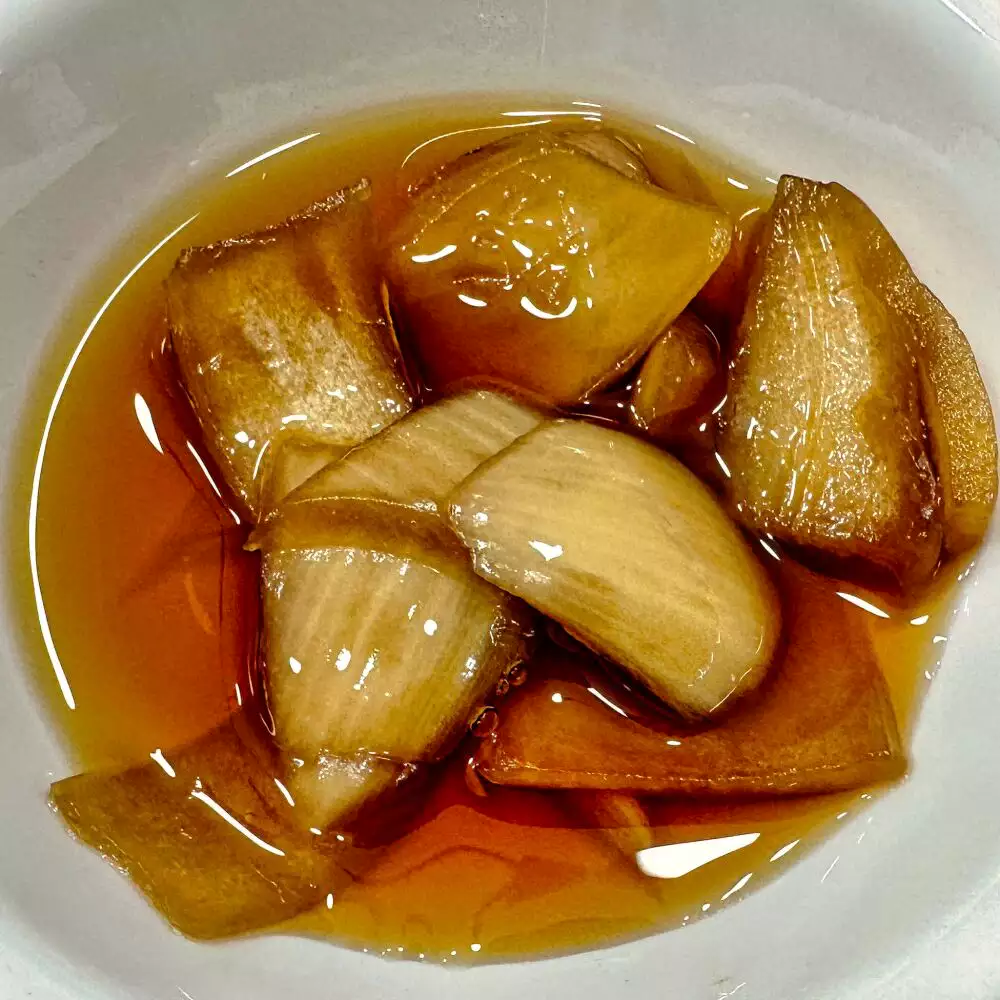
2) Recommended restaurant : Soonheene Bean Pancake
This is the original restaurant of Bindaetteok. In addition to bindaetteok with mung beans, they also sell meatballs and yukheo(beef tartare), the representative menu of Gwangjang Market, along with bindaetteok.
You can see people in two waiting line in of the restaurant. The left is eat in the restaurant, and the right is to go line. Please check and line up.
Location
Menu/Price
(English menu provided)
- Mung bean pancake: 5,000 won
- meatball: 3,000 won
3. Yukheo(Raw beef/Beef tartare, 육회)
It is a food that can be eaten raw fresh beef mixed with seasoning. yukhoe quite an expensive food because it needs quality and fresh meat to be eaten as raw. Yukhoe is the representative food of Gwangjang Market and is popular in that it is fresh and can be tasted cheaply compared to other places. There is a similar type of food called beef tartare overseas, so it has been translated into Korean beef tartare and introduced.
For those who are not used to eating raw meat, it may be a burden, but I recommend you to try it. When you order yukhoe at Gwangjang Market, they also serve warm beef soup with radish in it, which is also delicious.
I recommend soju as a drink that goes well with yukhoe.
You can take it out and eat it in your hotel room, but I recommend you to eat it within the day you buy it because freshness is important.
1) How to eat
If you go to a yukhoe restaurant, you can see various types of yukhoe menus. I will introduce three types of menus and introduce how to eat them.
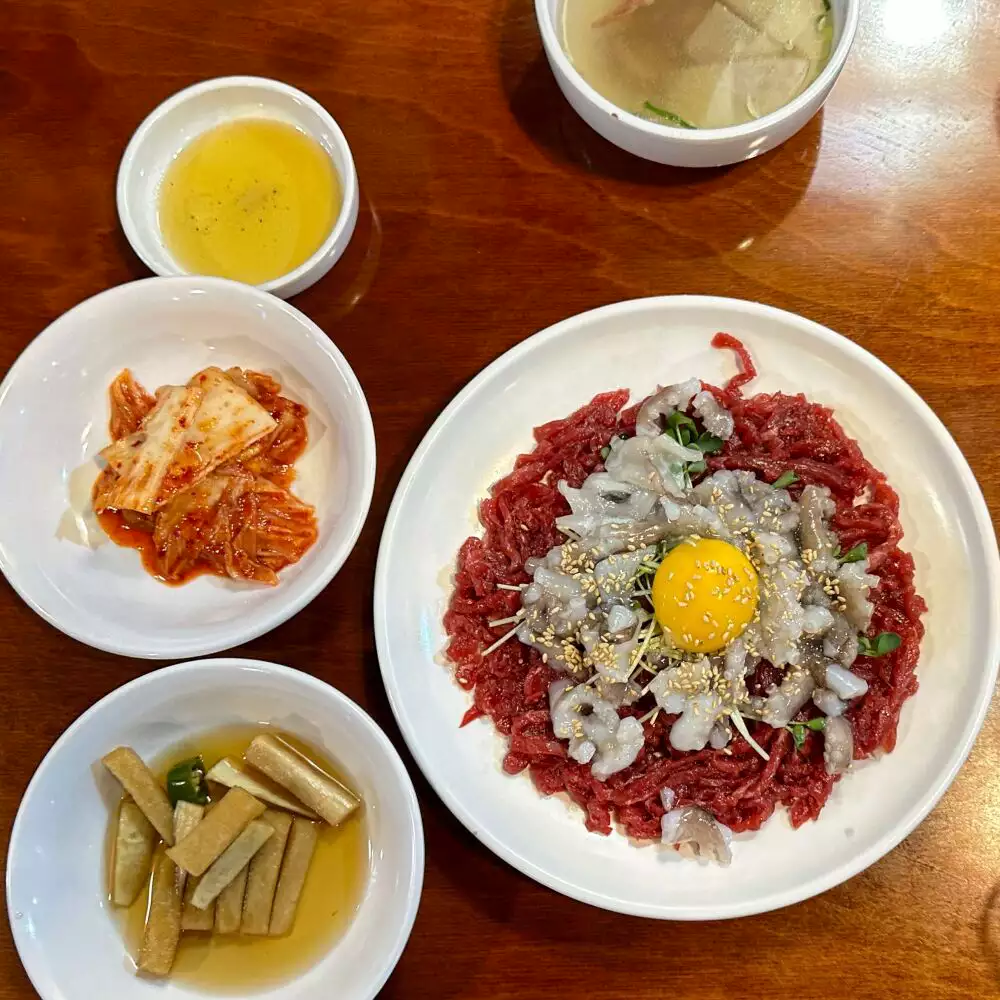

Yukhoe
It is the most basic form of yukhoe, served seasoned raw meat with egg yolk on top it. Under the yukhoe, radish sprouts and ‘bae’(Korean pear) are served together. It has a sweet and chilling texture and tastes good with yukhoe. You can break the egg yolk of yukhoe and mix it together. Yukhoe is served with the sesame oil sauce with salt added. If you dip the sauce in with yukheo, you can feel the savory taste of sesame oil.
Yukhoe Bibimbap
It is a dish that is mixed rice with Yukhoe and fresh vegetables. If you can taste yukhoe at a relatively low price (the amount of meat is less than that of yukhoe above), rice, vegetables, and Korean red pepper paste(gochojang) sauce are added, and if it is burdensome to eat raw meat it can be a better choice than yukhoe. The rice can be served in a bowl with yukhoe, or it can be served in a separate bowl. If rice is served separately, put rice in a bowl containing yukhoe and eat it mix with a spoon. Also, if you order yukhoe bibimbap, it comes with the sauce in the red container. It is a Korean red pepper paste(gochojang) sauce, you can put the name in yukhoe bibimbap and mix it together. If you are not familiar with the spicy taste, I recommend you to add it little and taste it.
yukheo tangtangi
You may have seen eating live octopus among many foods introduced in Korea.If you want to experience raw octopus and yukhoe together, it is a good choice to try the menu. Just like yukhoe, mix it well with the egg yolk and eat it. I reacomand you to eat octopus and youheo separately and together.
2) Recommended restaurant : Buchon Yukhoe(북촌 육회)
It is a yukhoe restaurant selected for Michelin Bib Gourmand, and many people eat it standing on their feet from the early hours of opening. They run two restaurants, the main branch is more crowded.
Location
Menu/Price
- Yukhoe: 19,000 won
- Yukhoe Bibimbap: 8,000 won (Big Size: 13,000 / add more yukhoe version)
- Yukhoe Octopus tangtangi: 32,000 won
4. Kalguksu(Knife cut noddle, 칼국수)
Kalguksu is also a representative food of Gwangjang Market. For Koreans, this is a representative home-cooked meal made at home. It is a traditional Korean noodle dish. It is a dish with knife cut noodles in warm broth, and you can feel the Korean home-cooked meal made taste at a nice price. it is a food that is often made at home. Many street stores in Gwangjang Market sell kalguksu. If you order, you can see how it cut the dough with a knife and make noodles. If you order kalguksu, it comes with kimchi, and I recommend you to try it with kalguksu.
1) Recommended restaurant : Gohyang Kalguksu(고향 칼국수)
It is a restaurant that became popular after appearing in the Netflix series Chefs on the Road. The restaurant attached big Netflix logo, so you can easily find the restaurant.(cash payment only)
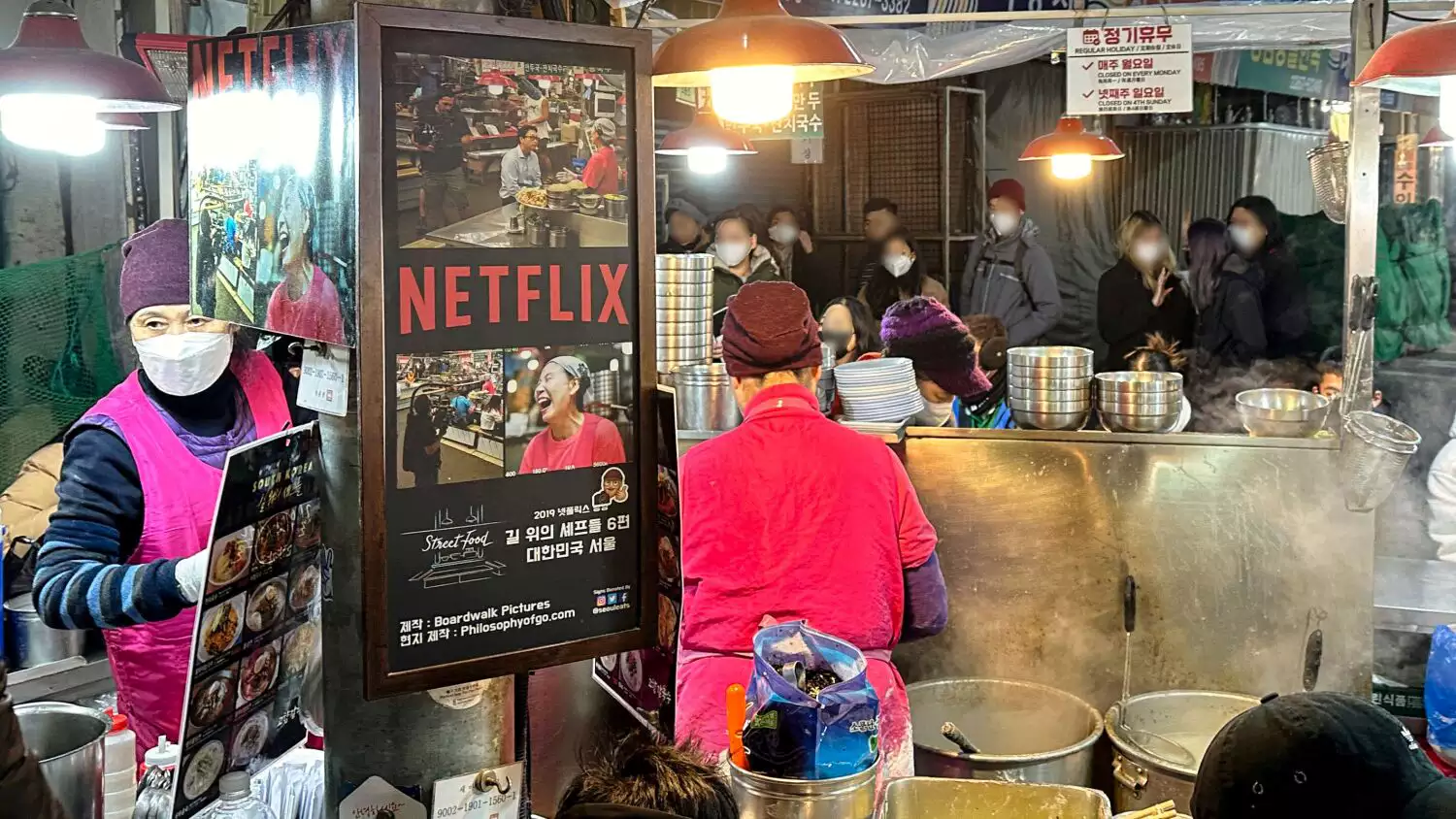
Location
Menu/Price
- Handmade kalguksu : 6,000 won
- Kalmando (kalguksu with dumpling) : 7,000 won
- Mando(Dumpling) : 6,000 won

